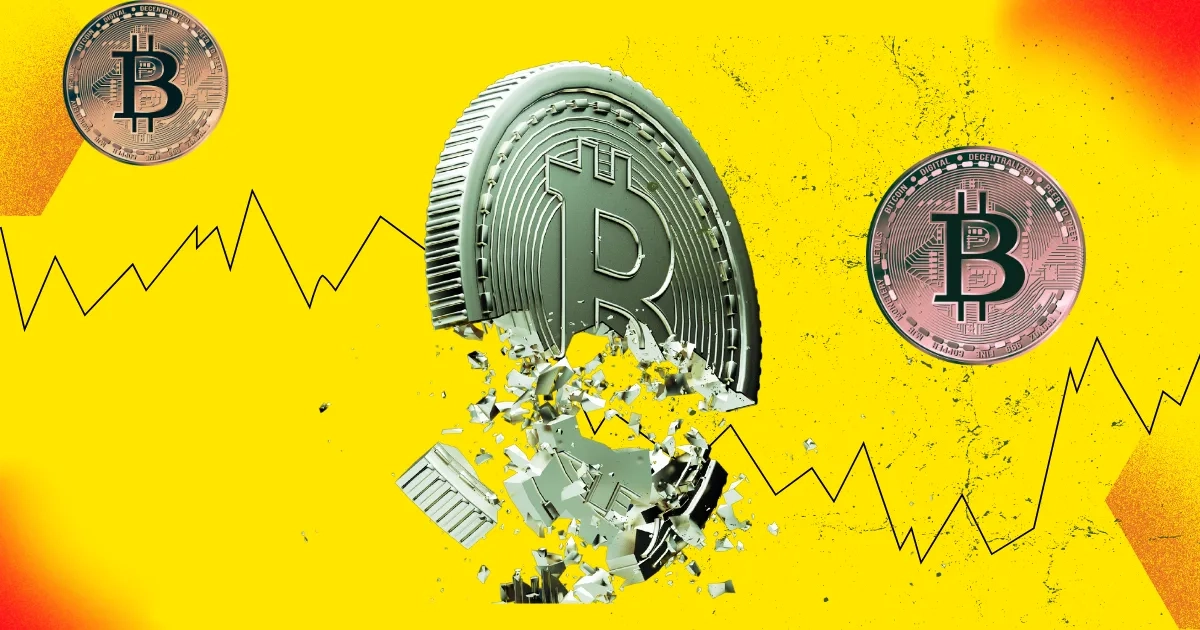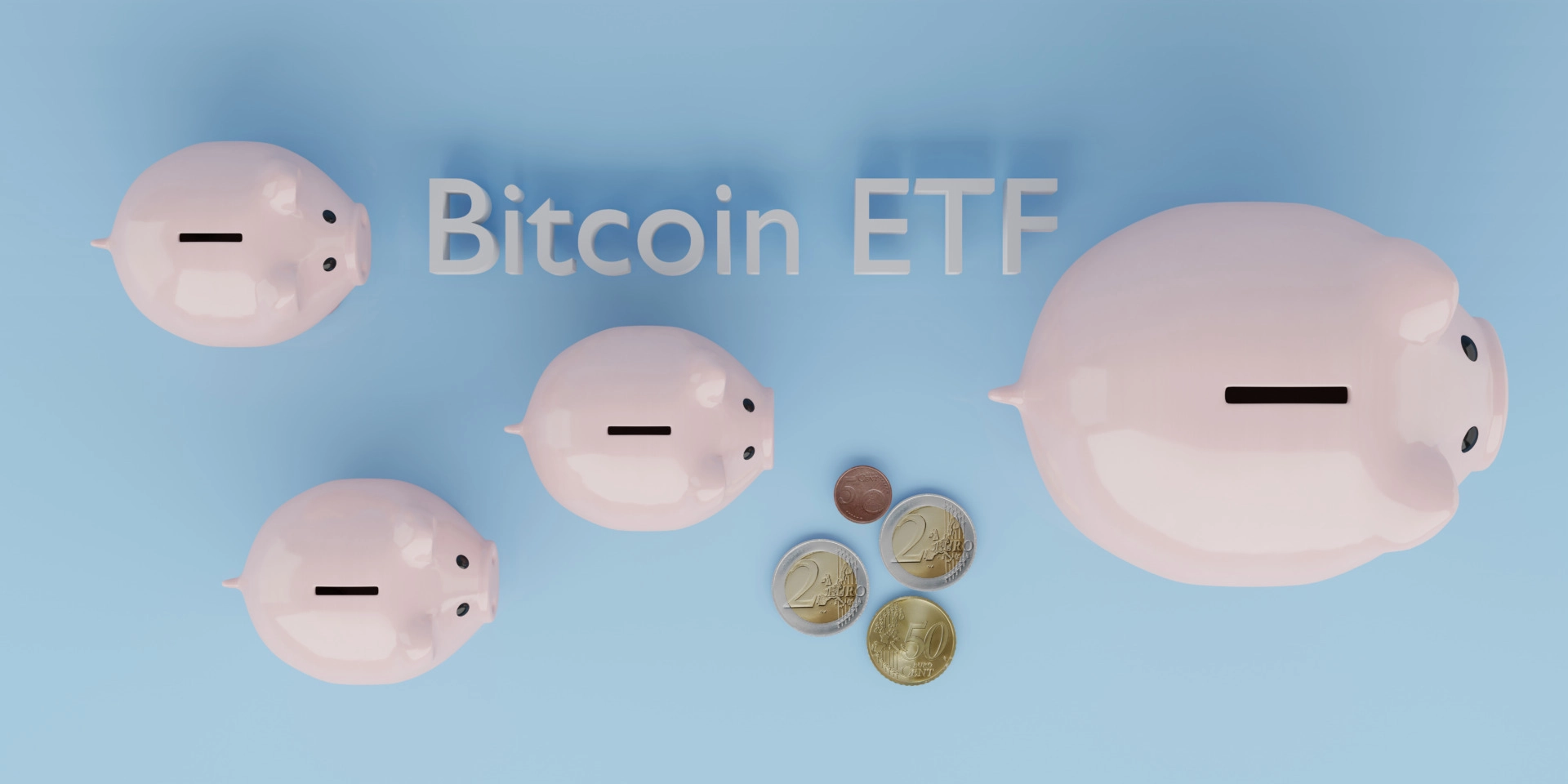Tech Entrepreneur Suggests Mainstream Companies May Have Adopted NFT Loyalty Programs Prematurely
According to Juan Otero, CEO of the crypto-native travel booking platform Travala, many mainstream companies that attempted to use non-fungible tokens (NFTs) for customer or user loyalty programs may have seized the opportunity prematurely. Otero argued that at the time, Web3 companies had not “even figured out the best ways to use NFTs in loyalty programs.”
NFT-Based Loyalty Program Failures Tarnished Tech’s Reputation
While their adoption of the technology signaled a positive development for the blockchain industry, the apparent failure of such loyalty programs has tarnished the reputation of NFTs, the Travala CEO argued. However, in his written answers to questions from Bitcoin.com News, Otero, a tech entrepreneur, insisted that NFT-based loyalty programs floundered because “they were largely run as trials adjacent to the main loyalty program, not as an integral part of it.”
Otero argued that instead of using this approach, which significantly limits user participation as well as the attractiveness of the rewards, mainstream companies should have opted to onboard users by “offering crypto or NFT rewards (or a combination) as part of a free membership.”
Meanwhile, when asked about the prospects of the NFT market after a period that saw many recognized brands exit or cool their interest, the Travala CEO argued that this market—and the metaverse in general—still holds promise in “an increasingly isolated world.” However, the challenge lies in figuring out how to provide a worthwhile, engaging experience in the metaverse on a large scale without requiring an initial investment or expensive VR headsets.
Below are Otero’s verbatim answers to all the questions sent.
Bitcoin.com News (BCN): After peaking in 2022, non-fungible tokens (NFTs) and the metaverse are no longer buzzwords. Both investment and interest in metaverse-related products cooled, particularly during the so-called crypto winter. From your perspective, has the ongoing crypto market rally rekindled interest in NFTs? Do you foresee mainstream companies that reduced or abandoned their metaverse-related activities making a comeback?
Juan Otero (JO): The NFT market in 2021/2022 was similar in many ways to the ICO boom of 2017. Now that the dust has settled, the NFT market has entered a period of maturation, with various Web3 projects exploring how to pair the non-fungible element of NFTs with fungible tokens to provide genuine utility for users. The current crypto market rally will help generate some interest in these types of utility NFTs, but I believe NFTs are still largely in a period of innovation and exploration to determine how best to harness the technology.
The metaverse still holds promise in an increasingly isolated world. Remote work and digital nomadism have been liberating for many, but these lifestyles tend to come with increased isolation from real-world communities. The opportunity lies in figuring out how to provide a worthwhile, engaging experience in the metaverse on a large scale without requiring an initial outlay or expensive VR headsets.
Those who create a metaverse model that can be emulated across different ecosystems and communities will have a significant advantage, and if this happens successfully in web3, only then will we see mainstream companies attempt to make a comeback to the space.
BCN: As you may know, some companies attempted to use NFTs as part of their customer or user loyalty programs, but the success of these still needs to be determined. In your opinion, what did they get wrong, and what are some examples of NFT-based loyalty program models that work? Are these reward programs an easy on-ramp to Web3 mass adoption?
JO: Traditional companies that created NFT-based loyalty programs jumped on the opportunity too early, before web3 companies had even figured out how best to use NFTs in loyalty programs. The openness of mainstream companies to new tech was a welcome sign for the industry, but it has led to the reputation of NFTs taking a big hit.
The main reason why they didn’t achieve success, in my opinion, is because they were largely run as trials adjacent to the main loyalty program, not as part of it, which significantly limited participation, exposure, and the attractiveness of the rewards themselves.
A great way to onboard users into web3 via loyalty program models is by offering crypto or NFT rewards (or a combination) as part of a free membership that doesn’t require any NFTs or tokens to be purchased upfront—which is the model employed by the AVA Smart Program on Travala.com. This model provides a starting point for web3 education, as users are inherently more interested in something they already have, which can then lead to membership progression to higher tiers as they embark on their web3 journey.
BCN: You have been operating your crypto-native travel booking service for more than six years. During this time, the travel and hospitality industries faced a challenging period after the spread of the COVID-19 pandemic forced countries to ban travel across national borders. For Web3 companies, the so-called crypto winter proved to be just as debilitating, with many of them falling by the wayside. From your experience, which of these two periods was the most difficult for crypto-first OTAs like Travala.com?
JO: Not long after our origins in 2017, we went into a long crypto winter from 2018, which was then further compounded by the pandemic in early 2020 before any significant market recovery could be achieved. Unlike market cycles, COVID-19 was an unprecedented, once-in-a-century event, and the global uncertainty it generated proved tough to navigate across all industries.
While it’s difficult to separate the two events because of their overlap, the pandemic forced more operational adjustments to be made, not to mention the influx of cancellations and changes. Travel sales were affected more drastically by the pandemic than by the crypto winter, though this downturn only lasted a few months before sales sharply ticked back up as the domestic travel trend took off due to pent-up demand.
In both cases, we took the opportunity to focus on building and improving the platform in anticipation of both the travel and market rebound that would eventually follow.
BCN: Some reports suggest that 80% of Travala.com’s business-to-consumer (B2C) clients are millennial travelers who opt to pay exclusively with crypto, while only 10% are said to pay with credit cards. How long has this been the case, and do you foresee the proportion of crypto-paying clients rising further? What is the most popular digital asset used by your crypto-savvy clients?
JO: As a crypto-first OTA, the majority of our bookings have always been made in crypto, typically accounting for 70-80% of all bookings. Credit cards only represent between 5-10% of our bookings, with the remainder being in Travel Credits (booking credits that can be purchased, received from refunds, or earned as rewards). There’ll always be a small percentage of users making bookings with fiat for those holding their crypto long-term but still want to take advantage of crypto rewards offered on the platform.
In terms of payment options, USDT is by far the most popular payment option, accounting for around 30% of all bookings. This is followed by BTC and ETH (around 10% each), then AVA (about 5%), which offers up to an additional 3% discount on the final booking price.
BCN: Following the halving event, the Bitcoin network’s fees rose significantly, rendering the crypto asset a costly payment method. Although the fees have somewhat dropped, the jump in the Bitcoin network’s fees underscored why users opt for stablecoins or less volatile tokens. As someone who has been in the Web3 space, how important is it for Bitcoin fees to remain low, and what is the likely impact on the industry should these increase permanently?
JO: Many now predominantly view Bitcoin as a store of value, and users are increasingly turning to other assets for more cost-effective networks to use as regular payment methods. This has been a gradual evolution of the network, and whether originally intended or not, I believe high network fees will simply see users more thoughtfully segregate their assets into those for spending and those for long-term holding.
Bitcoin as a payment method is still viable for larger purchases, but users who make frequent Bitcoin purchases will most likely be seeking alternatives. If this happens en masse, the number of daily Bitcoin transactions could eventually decrease than current levels in the long term, despite the number of holders growing.
Travelers specifically have a few options to reduce their Bitcoin network fees: use the Bitcoin Lightning Network, deposit Bitcoin to their platform wallet to eliminate network fees when booking, or purchase Travel Credits with Bitcoin for a one-time network fee—all of which are supported on Travala.com.
BCN: You have been involved in or advised several blockchain and crypto projects in your career. In your opinion, how beneficial has the U.S. Securities and Exchange Commission’s approval of crypto exchange-traded funds (ETFs) been to the crypto industry? Do you see the approval of an Ethereum ETF having a similar impact on the crypto industry?
JO: The approval of Bitcoin ETFs was a watershed moment for the crypto industry. Its approval will help bridge the gap between web2 and web3, further legitimizing the industry from a mainstream perspective. It wasn’t that long ago that this was a pipe dream many thought would never happen, and hopefully, we see other regulators around the world follow suit.
The approval of Ethereum ETFs is another giant moment for the industry. Given the differences in the nature



